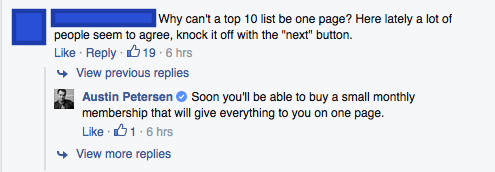There appears to be a worldwide competition to see which country can implement the stupidest idea. Possibly heading the United States’ competition are the basic income advocates:
Basic Income Action is, according to co-founder Dan O’Sullivan, “the first national organization educating and organizing the public to support a basic income.” In an email, he tells me that “Our goal is to educate and organize people to take action to win a basic income here in the US.”
Interest in a basic income, also called a guaranteed or universal income, an annual unearned salary, or just “getting handed a giant lump sum of free cash every year,” is percolating. Of late, it’s been the subject of magazine features, it’s been championed by economists from major financial institutions, and it’s even been touted on the presidential campaign trail.
Basic income is an appeal idea to many for the simple fact that it promises everybody a salary for doing nothing. It’s an idea so appealing even some libertarians have been suckered into it (and then had their arguments ruthlessly decimated). And according to its advocates it will help topple the power of the ruling class (or the “one percent” as they call it):
Perhaps the biggest thrust of the basic income movement’s argument is that technology is eliminating jobs, and they’re not coming back. (Hence we see more wealth accumulating at the top 1 percent, the class that happens to own the bulk of the automated labor; and an infamous economic recovery that has largely benefitted the rich, not the middle class.)
I’ve already addressed the fallacy of technology eliminating jobs so I won’t go into that more here. What I want to address is the ludicrous claim that basic income will somehow loosen the grip of the ruling class.
Where, exactly, does the money to fund basic income come from? Basic income advocates will tell you it comes from taxes. Somehow they miss the fact that taxes are monies collected by the State, which is yet another name for the ruling class. In other words basic income gives the top one percent yet another justification to steal money from the people. More insidious though is that it makes receivers of basic income even more dependent on the top one percent.
It’s a trick the federal government has used for decades. After collecting taxes from each state the federal government then redistributes them under the friendly title of “aid”. Some states end up getting more than they paid in while others receive less but none of the money is given without strings attached. Each state is then told to either do what they’re told or their money will be cut off. For states that receive more than they pay this is especially bad because they’re receiving the sweet end of the deal. But even the states that receive less than they pay don’t want to piss off the federal government because they would then lose more money. So you end up with a system that allows the federal government to dictate any number of terms to the states.
Basic income would allow for the exact same thing on an individual level. After collecting taxes the State could, and certainly would, attach a number of strings to basic income. If you didn’t comply you wouldn’t get a basic income. For people entirely reliant on basic income this would effectively mean they would be entirely without money. Those who had an additional revenue source would still stand to lose a sizable chunk of cash and would therefore also be motivated to comply. Anybody who pays any attention to politics in this country can already tell where this would lead: the further empowerment of the ruling class.
Basic income is just another statist wet dream. It sounds benevolent on the surface but would only serve to further entrench the oligarchy. Toppling the ruling class requires decentralization. Their tools of control must be rendered impotent. Granting them even more power over the populace’s livelihood accomplished the exact opposite.

